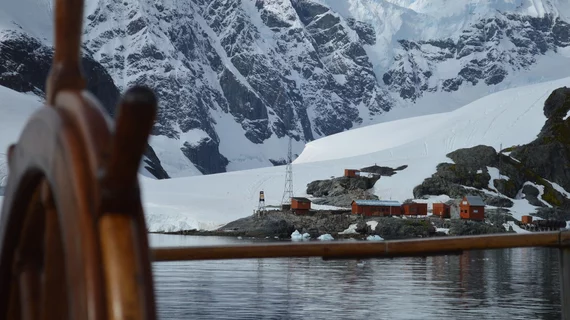COVID makes landfall in the land of the South Pole
Until this week, the least densely populated continent was the only one of the world’s seven that looked like it might escape the COVID crisis unscathed. Now there are none.
Antarctica presently has at least 36 infected individuals within its borders. The word comes from Chile’s army, which operates a research base on the ice desert. Officials there are reporting positive test results for 26 army personnel and 10 civilian workers.
Covering the development Wednesday, CBS News connected these cases with a prior announcement from Chile’s navy. That military branch reported three COVID-positive results on a ship resupplying the research base earlier this month.
Also Wednesday, Chilean president Sebastián Piñera announced that the first 10,000 doses of the Pfizer-BoiNTech vaccine will arrive in the country on Christmas Eve, CBS reports. Piñera says the country “is prepared to start an immediate vaccination process, beginning with medical workers,” according to CBS.

